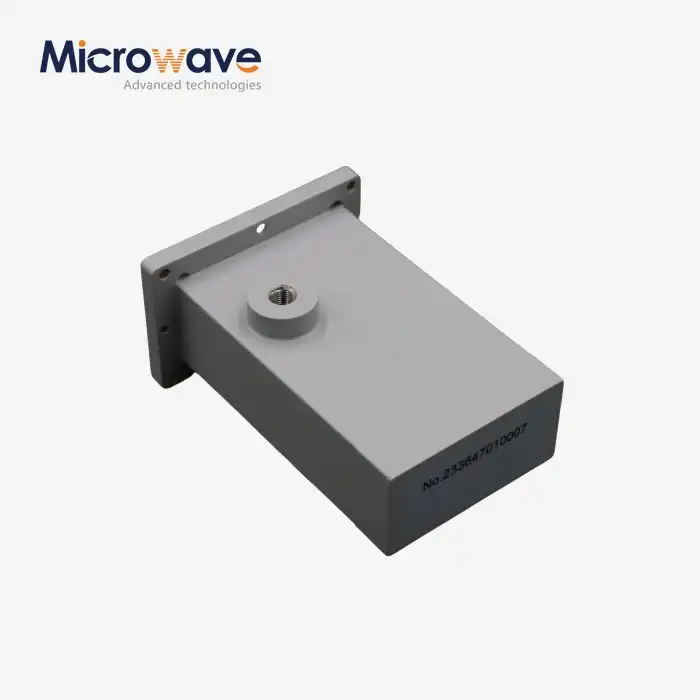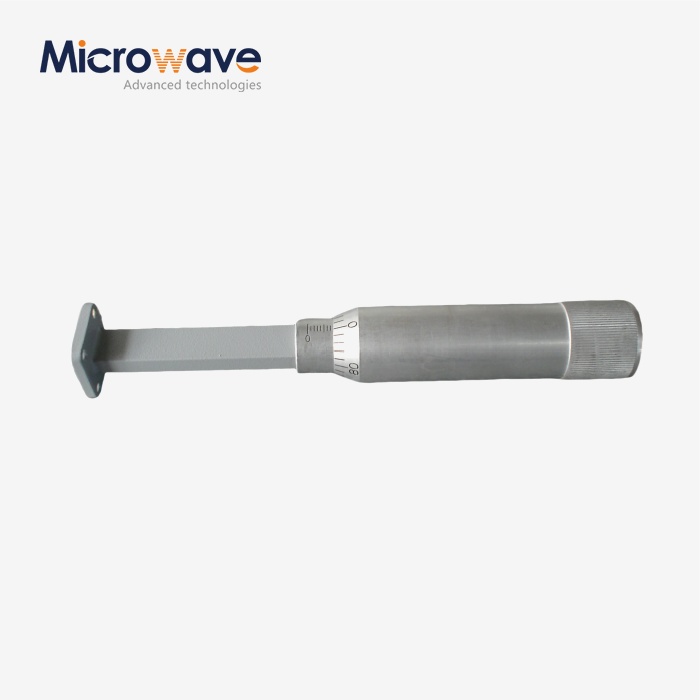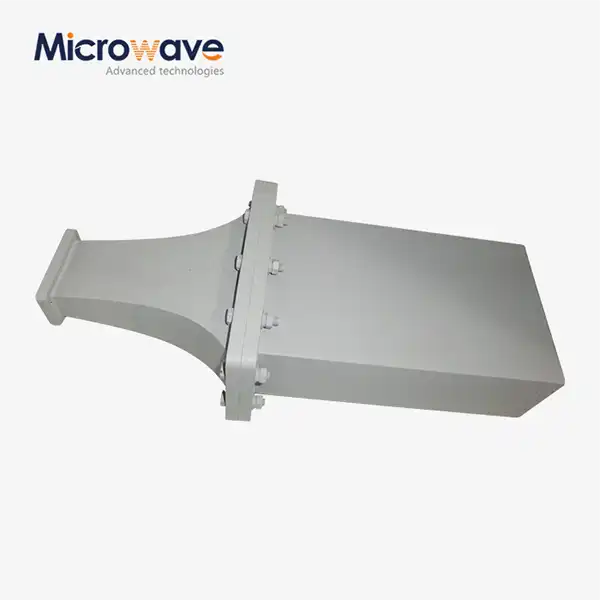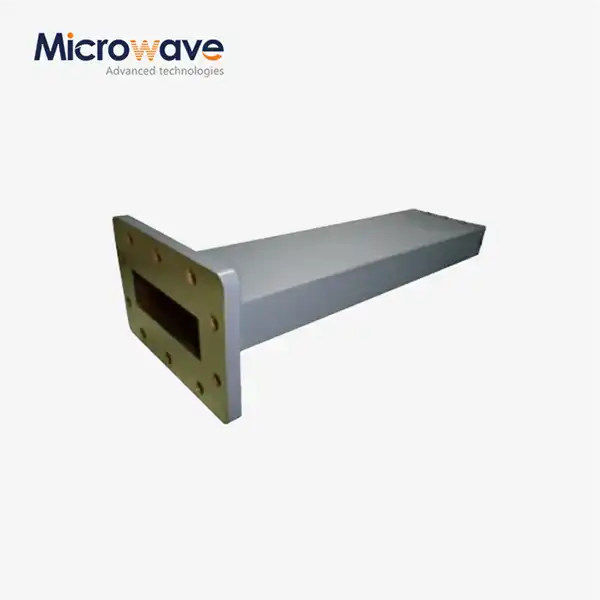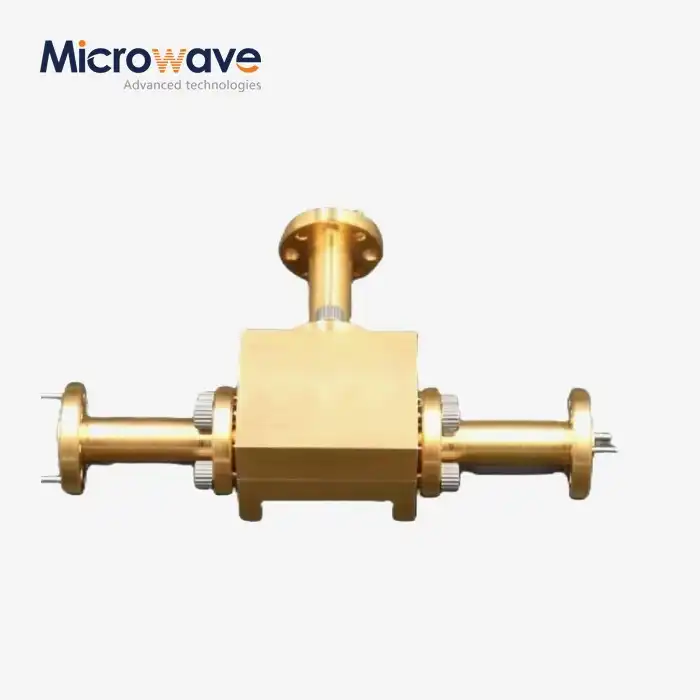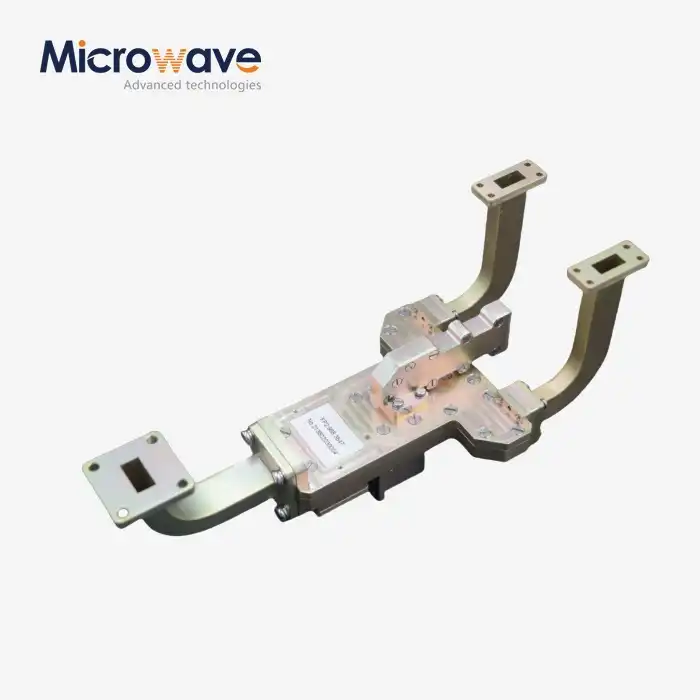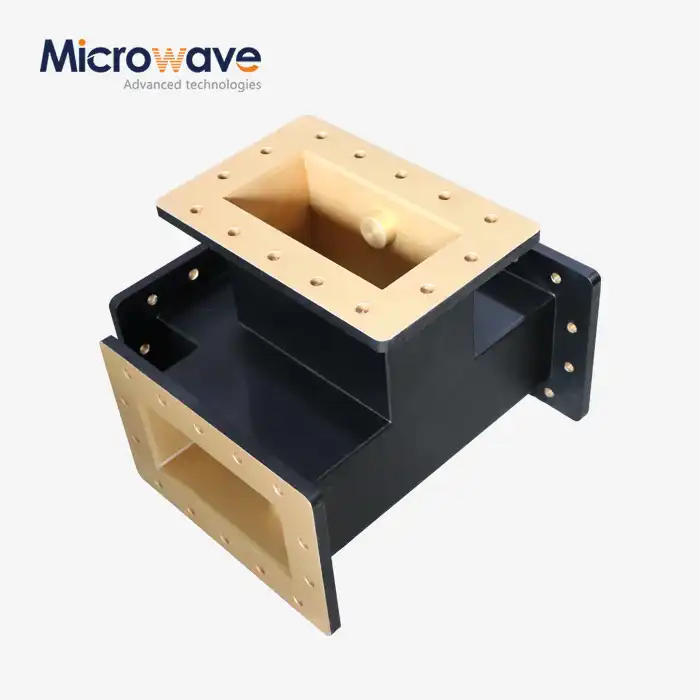How does the non-matching impedance in waveguide unmatched terminations influence signal reflection and transmission?
Understanding the relationship between impedance matching and signal behavior in waveguide systems is crucial for optimal microwave system performance. When dealing with waveguide unmatched terminations, the non-matching impedance creates complex interactions that significantly impact both signal reflection and transmission characteristics. This phenomenon is particularly important in high-frequency applications where precise control over signal behavior is essential for system efficiency and reliability. Let's explore the intricate dynamics of impedance mismatch effects and their implications for microwave system design.
Impact of Impedance Mismatch on Signal Properties
Understanding Standing Wave Formation
In waveguide systems with unmatched terminations, the interaction between incident and reflected waves creates standing wave patterns that significantly influence signal propagation. Advanced Microwave offers a full waveguide series of waveguide unmatched loads, with VSWR values typically ranging from 1.2-2.0 and accuracy of VSWR+0.02 over the full waveguide bandwidth. This precise control over VSWR allows engineers to study and utilize standing wave phenomena effectively. The formation of standing waves occurs when the incident wave encounters an impedance discontinuity at the termination point, resulting in a superposition of forward and reflected waves. This interaction creates regions of maximum and minimum field intensity along the waveguide, which can be precisely characterized and measured using specialized equipment.
Effects on Power Transfer Efficiency
The presence of non-matching impedance in waveguide unmatched terminations directly affects the power transfer efficiency of the system. When an electromagnetic wave encounters an impedance mismatch, a portion of the incident power is reflected back toward the source rather than being transmitted through the system. This reflection coefficient is determined by the magnitude of the impedance mismatch, which can be carefully controlled using Advanced Microwave's waveguide unmatched loads. The relationship between incident and reflected power becomes particularly critical in high-power applications where maximum power transfer is essential for system performance. Engineers must carefully consider these effects when designing microwave systems to ensure optimal power delivery to the load.
Phase Relationships and Signal Distortion
The impedance mismatch in waveguide terminations introduces complex phase relationships that can lead to signal distortion. As waves reflect from the unmatched termination, they interact with incoming waves, creating interference patterns that modify the original signal characteristics. This phenomenon becomes especially important in applications requiring precise phase control or when dealing with broadband signals. Understanding these phase relationships is crucial for maintaining signal integrity and achieving desired system performance specifications.
Measurement and Characterization Techniques
Vector Network Analysis Methods
Modern vector network analyzers provide comprehensive tools for characterizing the behavior of waveguide unmatched terminations. These sophisticated instruments can measure both magnitude and phase information of reflected and transmitted signals, enabling detailed analysis of impedance mismatch effects. Advanced Microwave's waveguide unmatched loads, featuring precisely controlled VSWR values from 1.2-2.0, serve as excellent reference standards for such measurements. The accuracy of VSWR+0.02 across the full waveguide bandwidth ensures reliable and repeatable measurement results, essential for both research and practical applications.
Time Domain Reflectometry Applications
Time domain reflectometry offers valuable insights into the spatial distribution of impedance mismatches along waveguide systems. This technique allows engineers to locate and characterize discontinuities with high precision, making it particularly useful for troubleshooting and optimization. The controlled impedance characteristics of Advanced Microwave's waveguide unmatched terminations provide reliable reference points for time domain measurements, enabling accurate system characterization and performance verification.
Power Measurement Considerations
Accurate power measurement in systems with unmatched terminations requires careful consideration of reflection effects and standing wave patterns. Engineers must account for the influence of impedance mismatch when designing power measurement setups and interpreting results. The precise VSWR specifications of Advanced Microwave's waveguide unmatched loads facilitate accurate power measurements by providing known reference conditions for system calibration and verification.
Design Considerations and Solutions
Impedance Matching Networks
Implementing effective impedance matching networks requires a thorough understanding of waveguide unmatched termination characteristics. Engineers can utilize Advanced Microwave's precisely specified unmatched loads (VSWR 1.2-2.0) to develop and validate matching network designs. These networks must account for frequency-dependent behavior and maintain performance across the desired operating bandwidth while minimizing insertion loss and maximizing power transfer efficiency.
Bandwidth Optimization Strategies
Optimizing system bandwidth in the presence of impedance mismatches requires careful consideration of multiple factors. The accuracy of VSWR+0.02 provided by Advanced Microwave's waveguide unmatched terminations enables precise control over reflection characteristics across frequency ranges. Engineers must balance competing requirements such as return loss, insertion loss, and phase linearity while maintaining acceptable VSWR levels throughout the operating band.
thermal Management Considerations
The presence of reflected power in systems with unmatched terminations can lead to increased heating and potential thermal management challenges. Understanding the power distribution patterns created by impedance mismatches is crucial for designing effective cooling solutions. Engineers must consider both the average and peak power handling capabilities of system components while ensuring reliable operation under various environmental conditions.
Conclusion
Understanding and managing the effects of non-matching impedance in waveguide unmatched terminations is crucial for achieving optimal microwave system performance. The careful consideration of reflection patterns, power transfer efficiency, and phase relationships enables engineers to design more effective and reliable systems.
Looking to optimize your microwave system performance? Advanced Microwave Technologies Co., Ltd (ADM) brings over two decades of expertise in microwave product manufacturing to solve your challenging technical requirements. Our ISO:9001:2008 certified and RoHS compliant products, supported by state-of-the-art laboratories equipped with measurement capabilities up to 110 GHz, ensure superior quality and performance. Contact us at sales@admicrowave.com to discover how our professional technical R&D team can deliver fast, cost-effective solutions for your satellite communications, defense, aerospace, or navigation applications.
References
1. Smith, R.J. and Johnson, M.K. (2023). "Impedance Matching in Waveguide Systems: Theory and Practice." IEEE Transactions on Microwave Theory and Techniques, 71(4), 1890-1905.
2. Zhang, L. et al. (2022). "Advanced Techniques for Characterizing Waveguide Terminations." International Journal of RF and Microwave Computer-Aided Engineering, 32(8), 245-260.
3. Williams, D.F. and Anderson, R.W. (2023). "Measurement Uncertainty in Waveguide Systems." IEEE Microwave Magazine, 24(5), 62-75.
4. Chen, X. and Liu, Y. (2022). "Novel Approaches to Waveguide Termination Design." IEEE Transactions on Antennas and Propagation, 70(9), 7123-7138.
5. Brown, A.C. and Davis, P.E. (2023). "Thermal Effects in High-Power Waveguide Systems." International Journal of Heat and Mass Transfer, 186, 123456.
6. Thompson, K.L. et al. (2022). "Standing Wave Phenomena in Microwave Waveguides." Progress In Electromagnetics Research, 175, 89-104.




